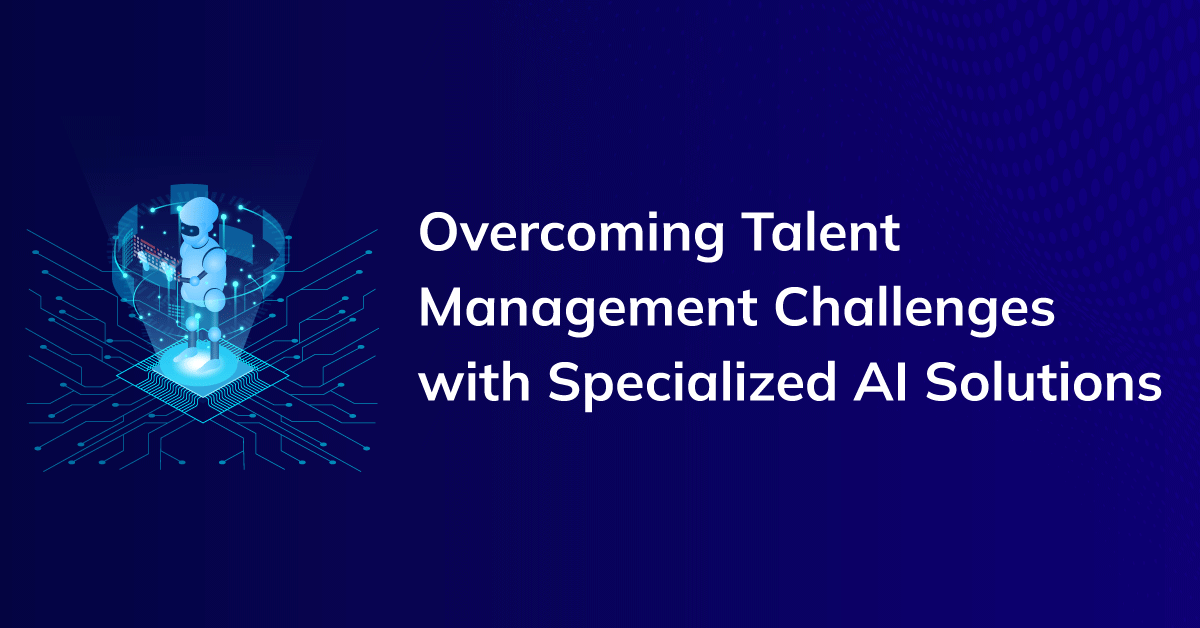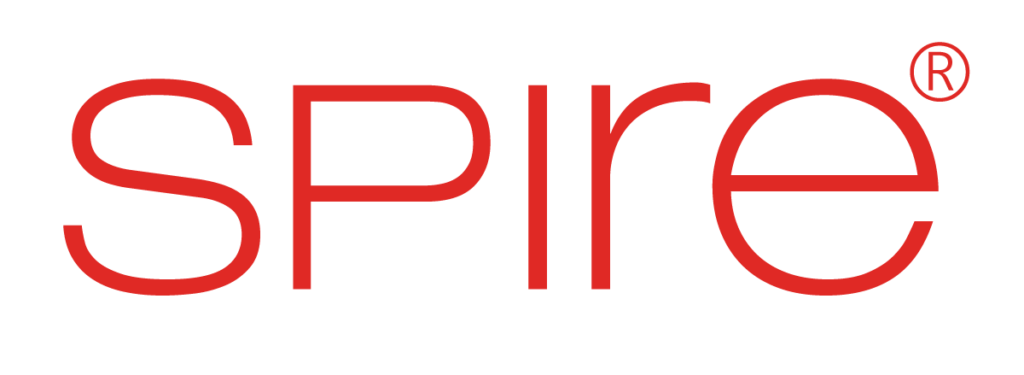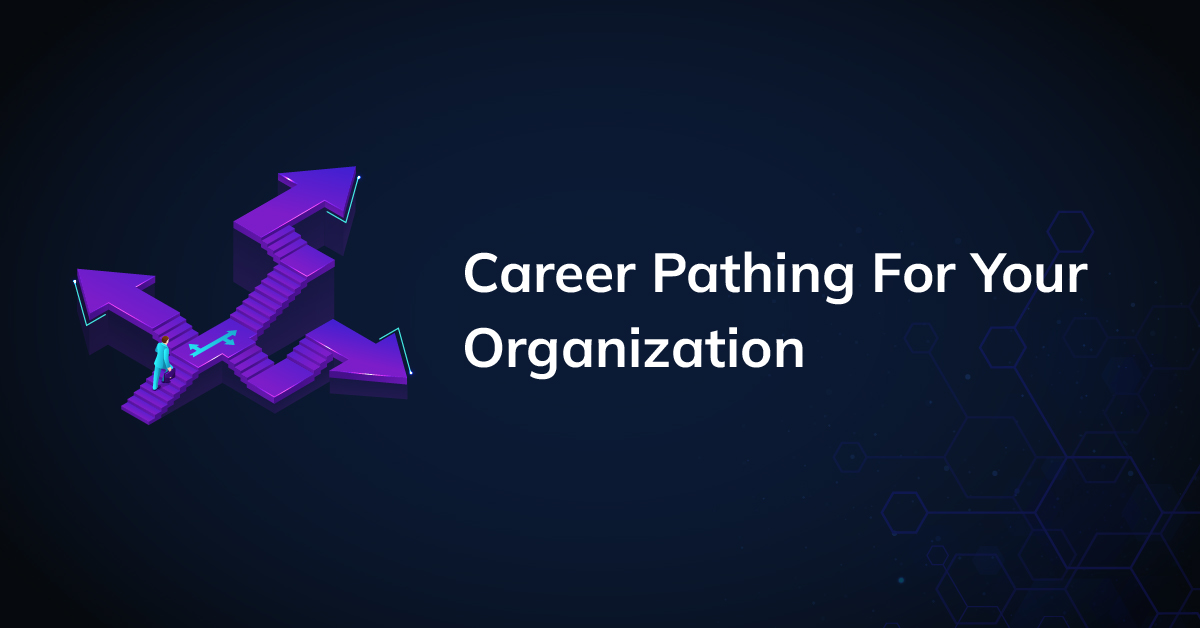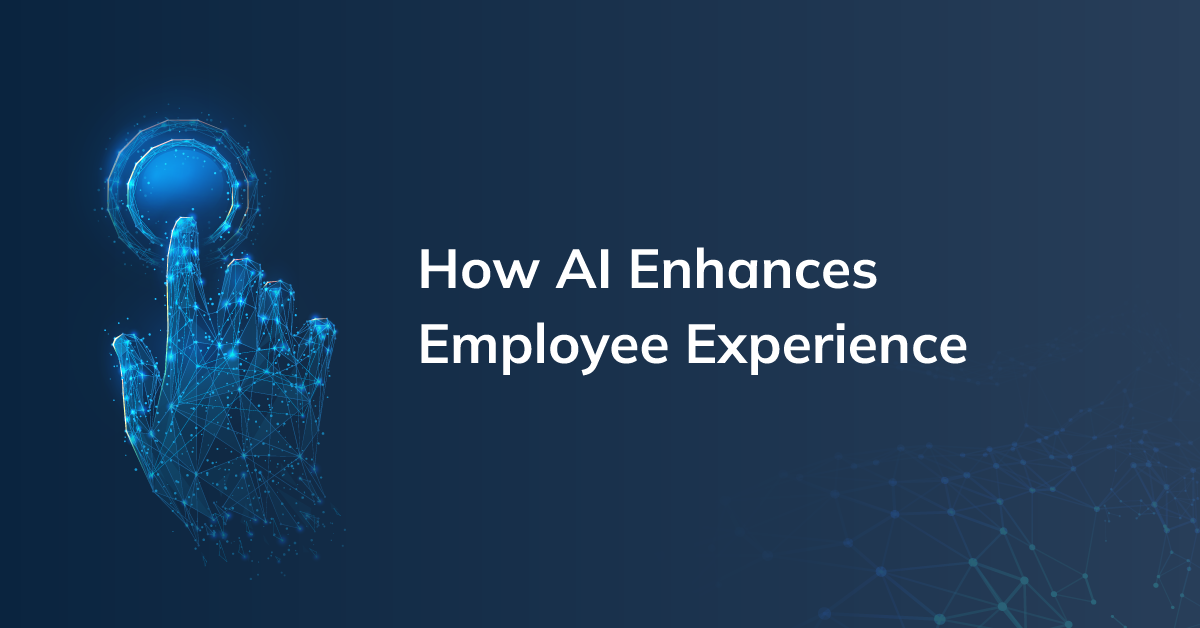
What is Job Architecture?
Job Architecture
Job architecture is a structured framework that organizes and defines roles, responsibilities, and hierarchies within an organization. It provides a clear understanding of job positions and their relationships, ensuring consistency in job definitions and career development paths.



